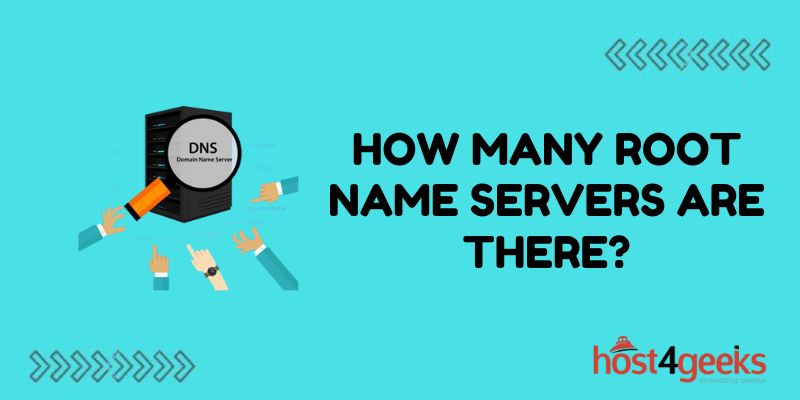The Domain Name System (DNS) is a key part of the Internet’s infrastructure. At the heart of DNS are the root name servers, which handle lookups for top-level domains like .com and .org. But how many of these critical servers are there?
A Distributed Architecture for Stability
The DNS root name servers are organized into a distributed architecture for stability and resilience. There are currently 13 logical root servers, labeled A through M. This redundant design helps ensure the root servers are available to handle DNS queries at all times.
The 13 logical root name servers are hosted on over 150 physical server instances scattered globally. This provides geographic diversity so local issues don’t affect worldwide DNS availability. Additionally, the root server IP addresses are widely mirrored, meaning the 13 logical servers are represented by thousands of physical computers.
The Root Server Operators – How Many Are There?
The 13 root name servers are operated by 12 different organizations. This spreads control and operations between stakeholders invested in keeping DNS infrastructure functioning. The 12 operators are:
- Cogent Communications
- University of Maryland
- Verisign
- NASA Ames Research Center
- Internet Systems Consortium
- Defense Information Systems Agency
- US Army Research Lab
- Netnod
- RIPE NCC
- ICANN
- WIDE Project
- Verisign (operating 2 letters B and E)
ICANN coordinates changes and maintenance to the root server system. New physical root server instances are constantly being deployed by operators to boost capacity and meet rising DNS query volumes. ICANN navigates the process of making these new servers visible to the public internet via updates that propagate through DNS.
The Root Server Cluster Model
The root name servers are more properly considered “root server clusters” rather than individual servers. This refers to the large pools of load-balanced root server machines operated behind each letter designation.
For example, Verisign operates the J root cluster comprised of hundreds of individual root server machines distributed globally. The Internet Systems Consortium’s F root name server encompasses over 150 server instances around the world. This level of scale and redundancy keeps the 13 logical root clusters operational as DNS query traffic climbs.
Handling DNS Lookup Requests
The key functionality provided by the root name servers is handling lookups for top-level domains. When you visit example.com in your browser, it initiates a DNS query to transform the name into the correct IP address destination.
This DNS lookup process begins at the root name servers, which direct to the correct TLD name servers for .com domains. Then .com name servers can provide the specific mapping for example.com. Without root servers at the top of this hierarchy, DNS navigation fails.
To handle heavy loads, most DNS queries don’t reach the root name servers directly. Instead, large DNS resolvers maintained by ISPs and public services mediate, increasing capacity manifold. Root server operators use Anycast routing to efficiently distribute queries across root cluster machines too.
The History and Future of Root Zone Management
The modern root server system builds on a foundation laid early in DNS history. The first root name servers came online in the 1980s, consisting of machines operated by government organizations and universities. As the internet grew exponentially, ICANN coordinated the root server system’s evolution.
DNS interoperability and enhancement continue advancing through working groups focused on improving root zone distribution and security. Experiments like DNSSEC aim to create a root zone digitally signed for authenticity. New protocols also intend to optimize root zone transfers.
With internet use still rising year over year, the root name server operators must continuously expand capacity. The resilient and decentralized architecture of independent root clusters provides flexibility to scale. As long as stakeholders continue cooperating under ICANN oversight, the root name servers can enable DNS development well into the future.
Conclusion
The domain name system root servers are a cornerstone of the internet that much of our digital world depends on. The distributed network of 13 root name server clusters handles a tremendous load while remaining responsive and resilient.
This is made possible by the cooperation of stakeholders vested in upholding stability – the 12 operator organizations led under the coordination of ICANN. As internet access and usage continue booming with no signs of slowing down, the demands on root name server infrastructure also swell.
Having prevailed through exponential growth for decades already, the root server operators now look ahead to the challenges and opportunities of coming years. Only by working together can they reinforce the DNS backbone to enable websites, email, and more for future generations to connect online for the first time.
The root name server system anchors the functioning of the internet, but its success lies with the people and groups committed to cooperation powering development.

